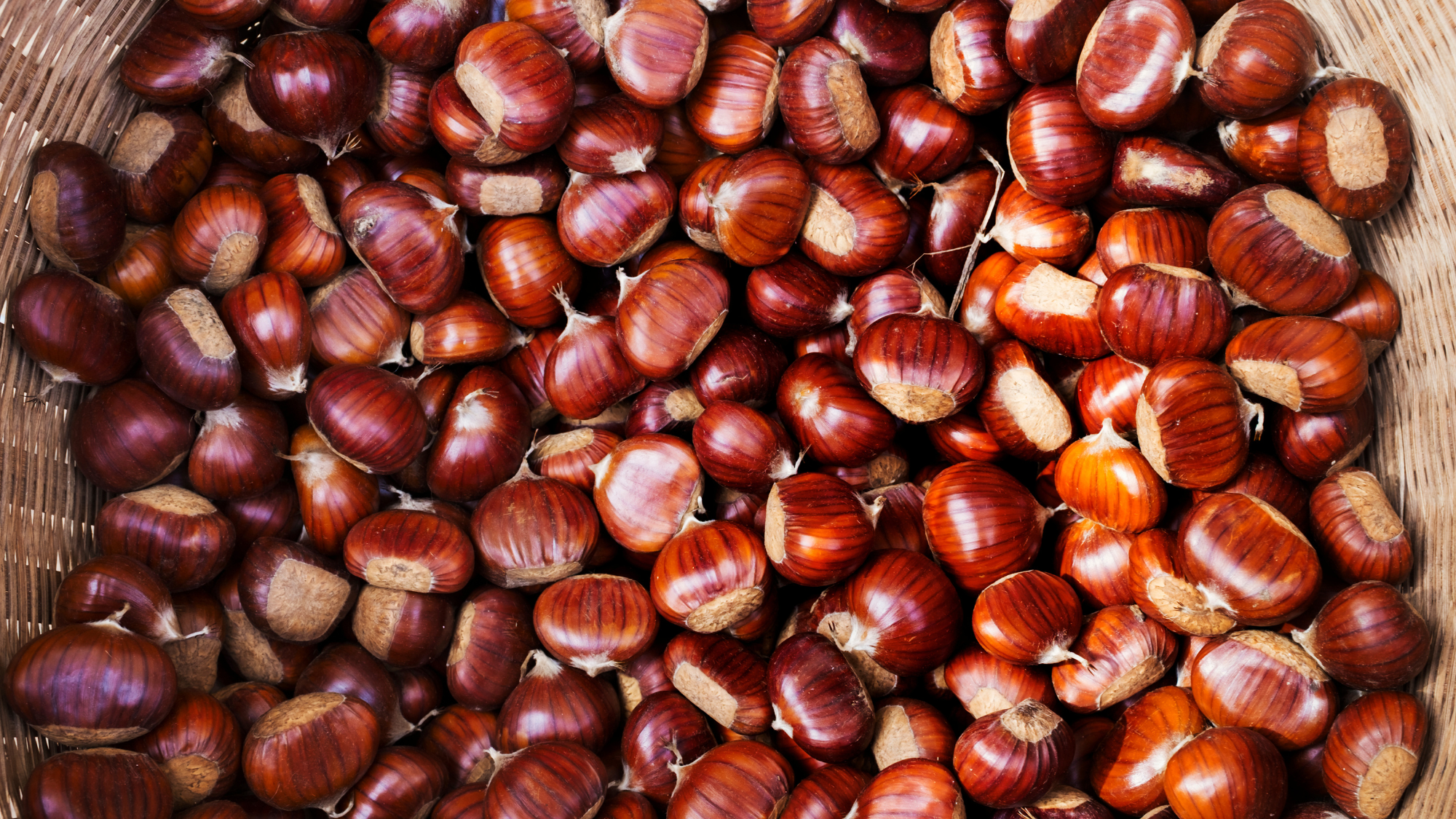Tropical Modernism: Architecture & Independence – rise and fall of unique design
A 'nuanced' and 'scholarly' examination of European architecture across the 'late British empire'

"My childhood in Hong Kong was shaped by a particular style of building," said Calvin Po in The Spectator: market halls with brise-soleils – slatted screens – shielding us from the midday glare; housing-block stairwells with perforated blockwork "letting in dappled light and breeze"; classrooms accessed from open-air decks, with high clerestory windows "cross-ventilating the stale, sticky air". Known as "tropical modernism", this style was pioneered by the British architects Jane Drew and Maxwell Fry, who took the experimental principles of European modernism and adapted them to municipal buildings across the late British empire. They also helped to plan the new city at Chandigarh, in independent India. This V&A exhibition is a bold attempt "to re-evaluate their legacy" in these countries, bringing together photography, films, models and other archival materials to chart the rise and eventual fall of tropical modernism. It is a "nuanced" and scholarly event that avoids knee-jerk judgements on colonialism.
Drew and Fry were an "earnest" married couple who described themselves as "potty types", said Rowan Moore in The Observer. Their prewar attempts to introduce modernism to Britain were met with indifference, but in Ghana and India, they were able to realise their ideas "with a scale and confidence hard to find in Europe". They didn't really "engage with local traditions": at most, they added traditional Ashanti patterns into their concrete creations. Nevertheless, the show neatly demonstrates how tropical modernism became a style "intimately connected to postcolonial independence and nation-building", said Ben Luke in the Evening Standard. Newly independent nations valued modernism's connotations of internationalism, and saw it as a means to establish a visual identity for themselves.
On independence in 1957, Ghana's President Nkrumah established a school to train local architects in both modernist techniques and Ghanaian tradition, said Pamela Buxton in the RIBA Journal. US-trained Victor Adegbite turned a colonial playing field into the Black Star Square parade ground, while local alumni such as John Owusu Addo helped forge a national vernacular. In India, too, PM Jawaharlal Nehru was keen "for local architects to develop an Indian modernism as part of a new national identity". Indian architects studied the work of Fry, Drew and their fellow-traveller Le Corbusier in Chandigarh, and created their own style. With the proliferation of air-conditioning, however, many modernist designs became redundant, and much was demolished. It is only now that we are beginning to realise how ingeniously these buildings "worked with the climate rather than against it". For those seeking a sustainable architecture, this show provides "a useful reference point".
The Week
Escape your echo chamber. Get the facts behind the news, plus analysis from multiple perspectives.

Sign up for The Week's Free Newsletters
From our morning news briefing to a weekly Good News Newsletter, get the best of The Week delivered directly to your inbox.
From our morning news briefing to a weekly Good News Newsletter, get the best of The Week delivered directly to your inbox.
V&A, London SW7 (020-7942 2000, vam.ac.uk). Until 22 September
A free daily email with the biggest news stories of the day – and the best features from TheWeek.com
-
 How to make the most of chestnuts
How to make the most of chestnutsThe Week Recommends These versatile nuts have way more to offer than Nat King Cole ever let on
-
 Deaths for children under 5 have gone up for the first time this century
Deaths for children under 5 have gone up for the first time this centuryUnder the radar Poor funding is the culprit
-
 Codeword: December 22, 2025
Codeword: December 22, 2025The daily codeword puzzle from The Week
-
 The best homes of the year
The best homes of the yearFeature Featuring a former helicopter engine repair workshop in Washington, D.C. and high-rise living in San Francisco
-
 Critics’ choice: The year’s top 10 movies
Critics’ choice: The year’s top 10 moviesFeature ‘One Battle After Another’ and ‘It Was Just an Accident’ stand out
-
 A luxury walking tour in Western Australia
A luxury walking tour in Western AustraliaThe Week Recommends Walk through an ‘ancient forest’ and listen to the ‘gentle hushing’ of the upper canopy
-
 Joanna Trollope: novelist who had a No. 1 bestseller with The Rector’s Wife
Joanna Trollope: novelist who had a No. 1 bestseller with The Rector’s WifeIn the Spotlight Trollope found fame with intelligent novels about the dramas and dilemmas of modern women
-
 The best books of 2025
The best books of 2025The Week Recommends A deep dive into the site of a mass shooting, a new release from the author of ‘Atonement’ and more
-
 Appetites now: 2025 in food trends
Appetites now: 2025 in food trendsFeature From dining alone to matcha mania to milk’s comeback
-
 The best music of 2025
The best music of 2025The Week Recommends These were some of the finest releases of the past year
-
 Man vs Baby: Rowan Atkinson stars in an accidental adoption comedy
Man vs Baby: Rowan Atkinson stars in an accidental adoption comedyTalking Point Sequel to Man vs Bee is ‘nauseatingly schmaltzy’